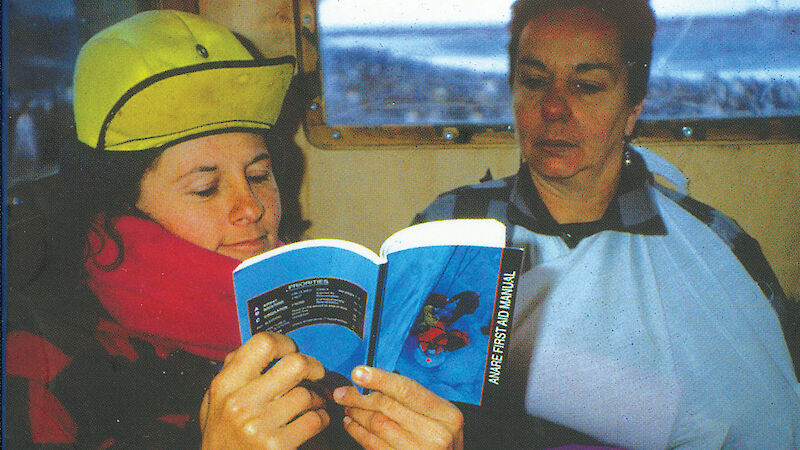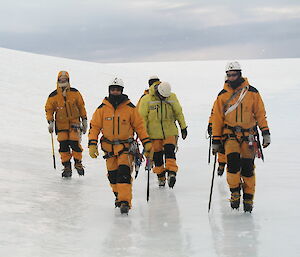What do Antarctic expeditioners do when a medical emergency arises in the field, far from professional medical help? While expeditioners in the Australian Antarctic program (AAp) are trained and equipped to deal with accidents or emergencies, they now have a new pocket guide to first aid to call upon.
The seventh edition of the Australian Antarctic First Aid Manual, released today, provides a succinct yet comprehensive guide to managing most conditions encountered in Antarctica, such as frostbite, broken bones, altitude sickness and appendicitis.
Two years in the making, this edition of the manual was authored by former Senior Medical Officer, Dr Peter Gormly (now retired) of the Australian Antarctic Division’s Polar Medicine Unit (PMU), with contributions from past and present medical officers.
Because of the remote and hostile nature of Antarctica the manual includes advice and procedures beyond the usual limits of first aid, such as stitching up wounds and administering injections and oxygen within Australia’s Antarctic programme. For this reason the manual may also be of interest to those exploring other remote and isolated parts of the world.
The manual builds on and updates medical advice incorporated in previous editions – the first of which was published in 1979 as the ANARE First Aid Manual. This new edition takes into consideration new Australian Resuscitation Council Guidelines, updated cold injury management guidelines, changes in AAp medical support kits and includes new chapters on mental health first aid and recognition of altitude illness in the deep field.
The principles of first aid are reinforced by several informative diagrams and a first aid observation sheet and report form are included. It is an essential companion for Australian Antarctic expeditioners.


